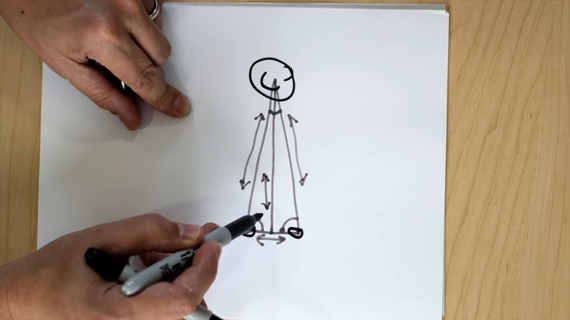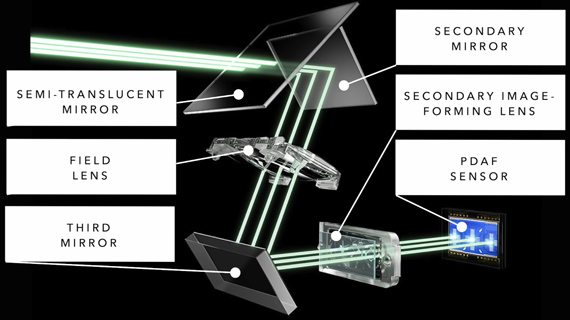When camera manufacturers come out with a new camera, they don’t miss out on highlighting their focusing systems. Some cameras flaunt their Phase Detect Autofocus (PDAF) system with a massive number of focusing points, while others have a hybrid autofocus system that also includes Contrast Detect Autofocus (CDAF). But, do you understand how each of these focusing systems work? Tony Northrup goes into the details in this video:
Laser Autofocus
We haven’t seen this autofocus system in cameras yet, but laser autofocus has been adopted by some smartphone cameras. The camera emits an invisible laser and measures the time it takes to bounce off the subject. Then with some calculation, the camera determines the distance to the subject and locks on to it.
“It works great because you can use it in absolutely zero light.”
Contrast-Based Autofocus
Imagine how you’d focus on a subject manually. You rotate the focus ring until the subject is in focus. Once it’s sharp, you keep rotating just to make sure and then come back to the sharpest state. This is exactly how contrast-based autofocus systems work. This system considers the portion of the image with the greatest contrast and then adjusts the focus until that particular area appears the sharpest.
Contrast-based Autofocus is great for still subjects. But when shooting moving subjects, they will have already moved somewhere else before the camera can focus.
“It doesn’t work great at tracking moving subjects.”
Phase Detect Autofocus
Phase Detect Autofocus (PDAF) works similarly to how our eyes work. It measures the distance using two separate planes by measuring the angles.
DSLRs have an entirely different array of mirrors and sensors that read information coming in from the light rays through the lens in order to measure the distance to the subject.
An important thing to consider with PDAF sensors is that they need to be precisely in alignment with the sensor. Any error will cause the image to be out of focus. This is when micro-adjustments become necessary.
CDAF vs. PDAF
When it comes to lab tests to see which of the focusing systems is better, CDAF or PDAF, both of them perform almost the same. PDAF systems have a very slight edge for stationary subjects. However, when it comes to tracking subjects, PDAF outperforms the slower CDAF system. But, PDAF has some drawbacks of its own.
- If the focusing points are very close to each other, the accuracy of PDAF drops. The same is true when the focusing points are very small.
- It gets harder to work with a PDAF system when working with telephoto lenses where the subject is farther away.
To do away with these challenges, manufacturers have come up with the idea of placing the phase detect sensor onto the sensor directly. This again has a different set of challenges, as the pixels that should be gathering light information for capturing images are now engaged in focusing. Manufacturers, however, do away with this by a method called interpolation which guesses the data in a particular pixel based on the information carried by the surrounding pixels. This method has the following challenges:
- Loss of resolution and image information
- The appearance of banding in images
Today, camera manufacturers are trying hard to overcome the weaknesses of each of these autofocus systems. Let’s wait and see what the future holds for autofocus systems.
Like This Article?
Don't Miss The Next One!
Join over 100,000 photographers of all experience levels who receive our free photography tips and articles to stay current:








Leave a Reply